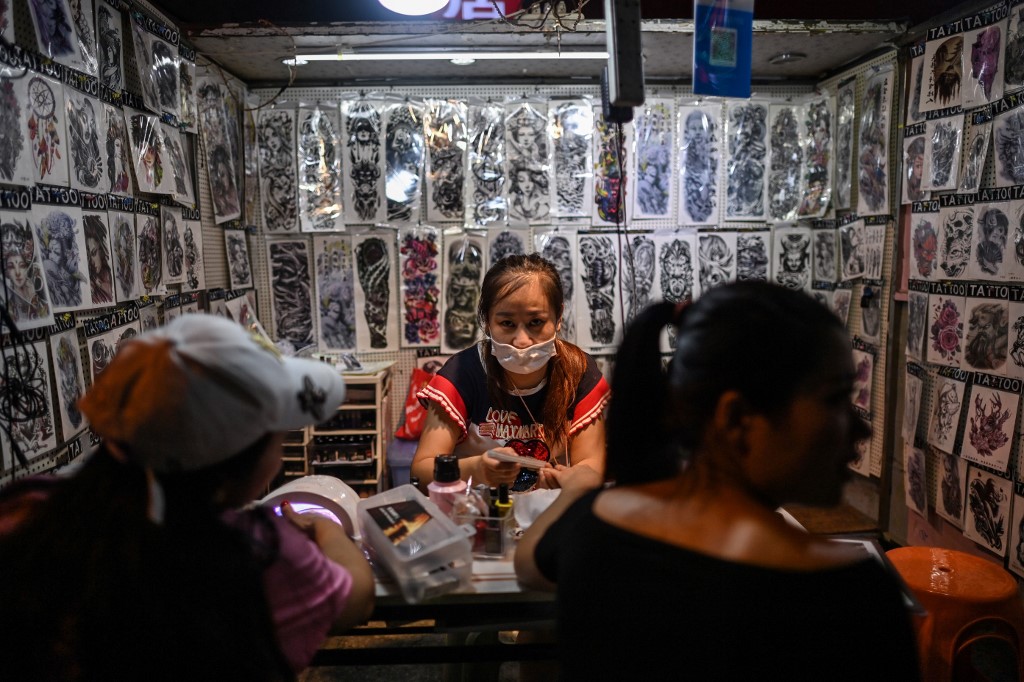(ATF) Hong Kong: Financial markets were boosted by the tailwinds from gains in Chinese equities as the central bank injected 700 billion yuan of 1-year funds into the market through the medium-term lending facility, keeping rates unchanged for the fourth straight month.
“We believe Beijing will continue its ‘wait and see’ approach by neither stepping up nor rolling back its existing policy easing measures,” Nomura’s chief China economist Ting Lu said.
“In the meantime, in the face of worsening international relations, Beijing’s policy focus may turn increasingly inwards.”
Ahead of Thursday’s meeting of the central bank where the benchmark loan prime rate (LPR) is expected to be kept unchanged, analysts don’t expect further upward pressure on yields after the sell-off, which took the 10-year rate to 3.16% on July 11.
“We expect the PBoC to maintain the current neutral stance and actively manage liquidity impacts from bond issuances,” BofA Securities analysts said in a note. They expect the 10-year benchmark to finish the year at around 3%, not far from the current 2.94%.
Bonds supply heavy
“Government bonds supply looks heavy in the near-term, but it should improve notably in 4Q as local government depletes their issuance quotas. July economic activity data surprised on the downside and showed the recovery pace was indeed slowing, which in turn suggest less upward pressure on yields.”
China’s mainland CSI 300 index jumped 2.35%, Hong Kong’s Hang Seng benchmark advanced 0.65%.
China’s continued liquidity support is in line with the central government’s idea of leaning on domestic growth for the economy, given the worldwide destruction of economic growth by the coronavirus pandemic.
“China can no longer depend too much on exports. And with a trade deal review looming, and a technology war heating up, this situation for exports is not going to disappear in a hurry,” Iris Pang, ING Bank’s chief economist for Greater China, said. Pang said that infrastructure investment and domestic spending were both sources of growth for industrial production if exports were going to take a back seat for a time.
But the overall mood remains cautious as US-China tensions play out.
Chairman of the China Banking Regulatory Commission Guo Shuqing criticised the dominance of the US dollar for bringing the global financial system to the verge of a crisis.
Japanese stocks fell after a shock economic contraction and Australian stocks battled the impact of virus containment measures in Victoria. Australia’s S&P ASX 200 index fell 0.81% which along with Japan, whose Nikkei 225 benchmark retreated 0.83%, were the regional underperformers.
Gold inched up back to the $2,000 mark after last week’s losses. It was last seen at $1,954 an ounce, gaining 0.5%. US Treasuries also stabilised after their recent slide with the 10-year yield down a basis point at 0.69%.
Japan’s economy shrank 7.8% in the April-June period from the previous quarter, below the street’s expectations as sharp contractions in consumption and exports weighed. It was the biggest shrinkage in at least three decades, as the pandemic hit at a difficult time when the economy struggles with a consumption tax hike last October.
“Even though the government has made a bold move to support the economy, the magnitude of the negative shock from the Covid-19 outbreak at home and abroad was too large,” James Lee, HSBC’s chief economist for Japan and Korea, said.
Lee expects consumption activity to stabilise in the current quarter, but the export outlook remains uncertain with the recovery in June showing signs of uncertainty.
“On the policy front, the Bank of Japan will continue to stabilise financial market conditions, but does not have room to meaningfully ease its policy stance. As such, the heavy lifting will be done by fiscal policy and the central bank will only play a helping role,” Lee said.
Asian credit markets, meanwhile, are trading weak in the secondary markets, with the Asia IG index one basis point wider at 65/66 bps, but the primary issuance pipeline has come alive with issues from Shui On Development, Vedanta’s amortising bonds, Hysan Development’s fixed for life, Olam International’s SGD bonds, and Yangzhou Urban’s 3-year bonds in the market.
Also on Asia Times Financial
Markets this week: PMI releases eyed after containment steps
Where are oil prices heading?
China must guard against rebound in shadow lending: CBIRC
US calls for payment on Qing dynasty bonds worth $1.6 trillion
Foreign Exchange:
Asia Stocks
# Japan’s Nikkei 225 index retreated 0.83%
# Australia’s S&P ASX 200 dropped 0.81%
# Hong Kong’s Hang Seng index added 0.65%
# China’s CSI300 jumped 2.35%
# The MSCI Asia Pacific index fell 0.55%.
Stocks of the day
Xiaomi and Wuxi Biologics jumped after their inclusion in the Hang Seng benchmark over the weekend. Phone-maker Xiaomi rose as much as 8.6% and pharmaceuticals company Wuxi Biologics climbed 6.2%.
























